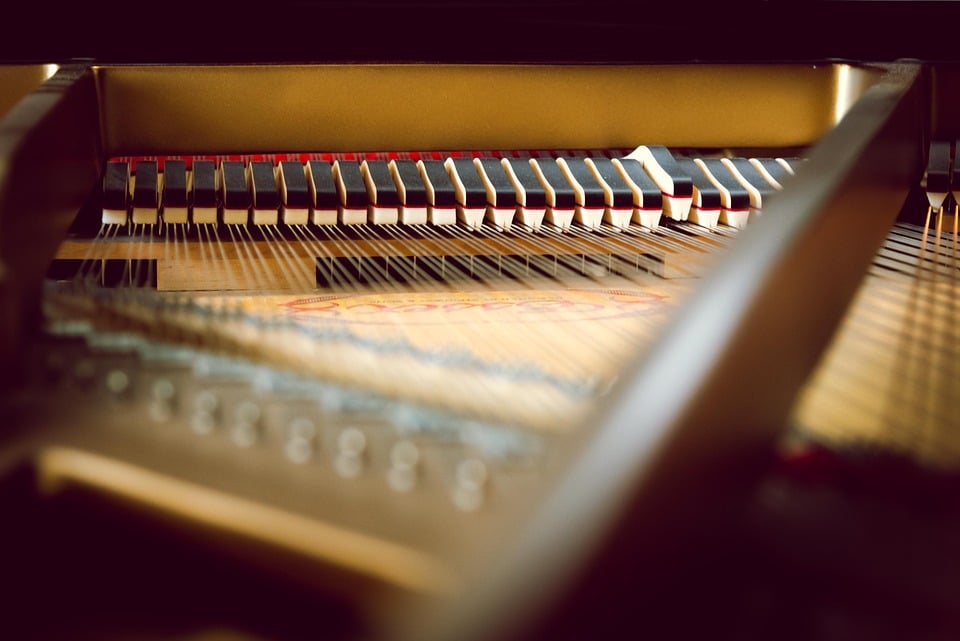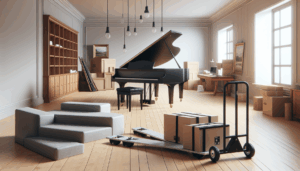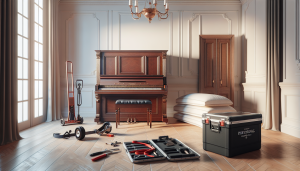Moving a piano is a complex process that involves careful planning, heavy lifting, and precise handling. Once your piano has safely arrived at its new location, your journey to maintain its optimal performance is not complete. Piano tuning after the move is essential to ensure that your instrument continues to produce beautiful and harmonious music. In this guide, we’ll explore what you need to know about piano tuning after a move and why it’s crucial.
Contents
The Impact of a Move on Your Piano
Moving a piano exposes it to a variety of conditions and stresses that can affect its tuning. Here are some factors that can contribute to your piano going out of tune during a move:
- Vibrations and Jolts: The vibrations and jolts experienced during transportation can cause the piano’s strings to shift slightly, affecting its pitch.
- Temperature and Humidity Changes: Changes in temperature and humidity during the move can cause the wooden components of the piano to expand or contract, impacting tuning stability.
- Environmental Differences: The new location of your piano may have different environmental conditions, such as temperature and humidity levels, which can affect tuning.
The Importance of Post-Move Piano Tuning
Piano tuning is a process that involves adjusting the tension of the strings to bring the instrument back to its intended pitch. After a move, piano tuning is crucial for several reasons:
- Restoring Sound Quality: A properly tuned piano produces the best sound quality. Tuning ensures that your piano sounds as beautiful as it did before the move.
- Preserving the Piano: Regular tuning helps preserve the structural integrity of your piano. Neglecting tuning can lead to more significant issues and costly repairs down the road.
- Maintaining Playability: A well-tuned piano is more responsive and enjoyable to play. Whether you’re a professional musician or a casual player, the playability of your piano matters.
- Preventing String Stress: If your piano remains out of tune for an extended period after a move, the strings may become stressed and require more extensive adjustments or even replacement.
When to Schedule Piano Tuning
After a move, it’s advisable to wait for the piano to acclimate to its new environment before scheduling tuning. This can take several weeks to a few months, depending on the climate and conditions of the new location. Once acclimated, it’s essential to have your piano tuned by a professional tuner. The recommended frequency for piano tuning is at least once a year, but after a move, it may need more immediate attention.
Conclusion
Moving your piano is a significant endeavor, and ensuring that it continues to perform at its best after the move is equally important. Piano tuning after the move is a critical step to restore sound quality, maintain the instrument’s integrity, and provide an enjoyable playing experience. By understanding the impact of a move and the importance of post-move tuning, you can keep your piano in harmony for years to come.
At Utah Piano Movers, we understand the significance of piano tuning after a move. Contact us at 801-396-7323 or visit our website to discuss your piano moving and tuning needs. We’re here to ensure that your piano continues to deliver beautiful music in its new home.




